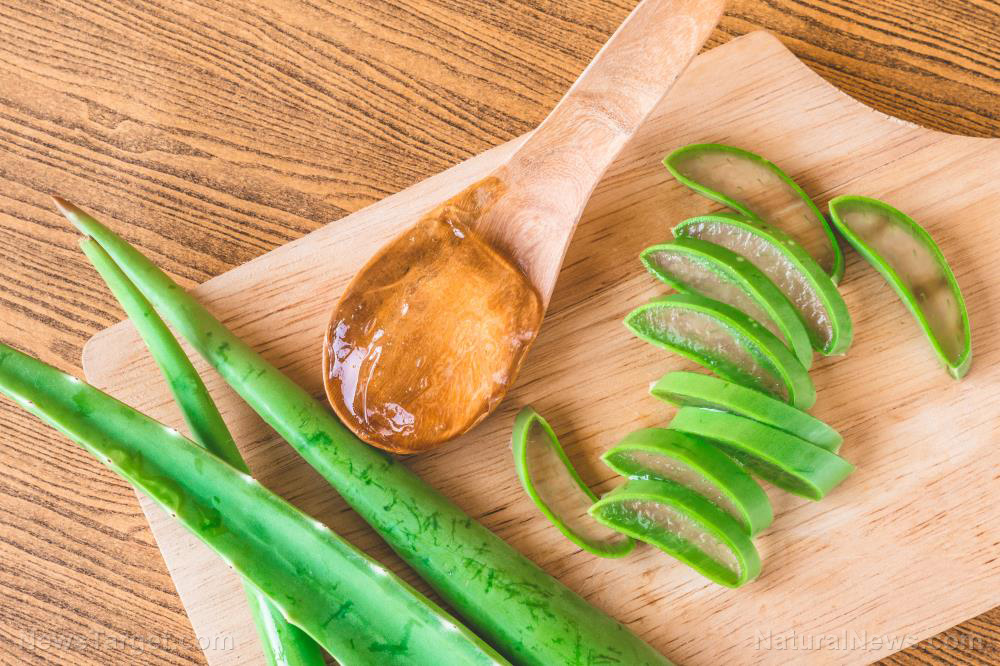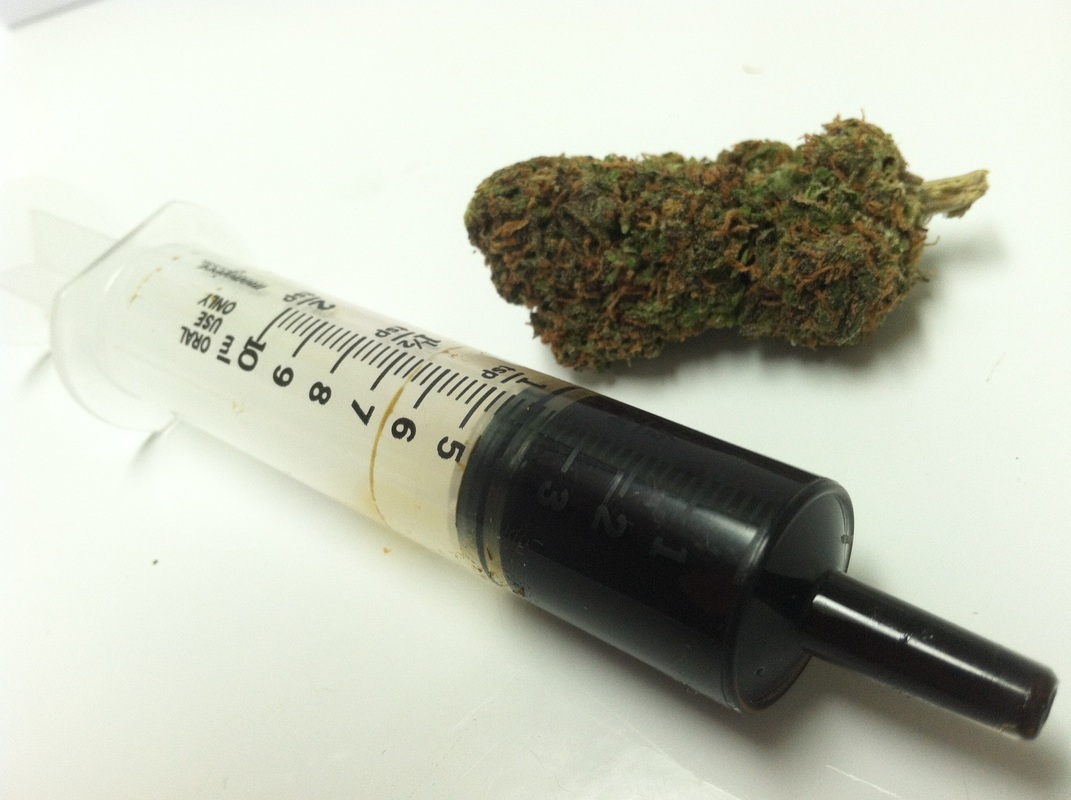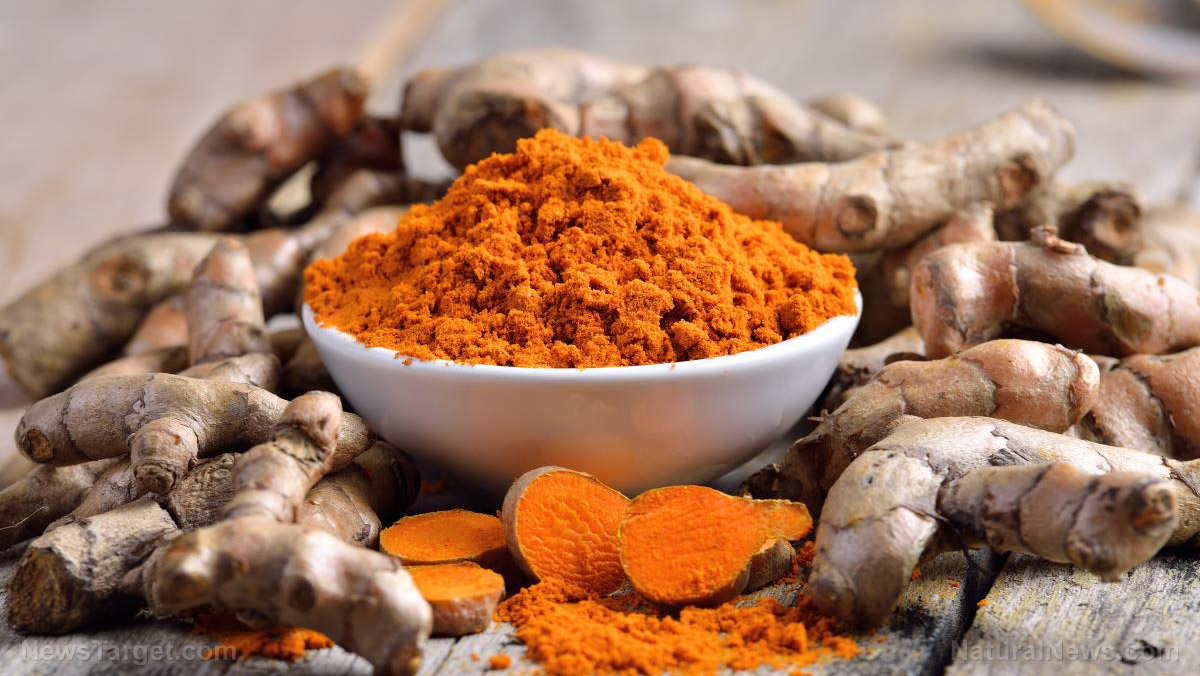Natural home remedies for burns
03/31/2019 / By Zoey Sky

Burns should be addressed immediately to prevent infections and to offer relief to the injured individual. But when SHTF and you don’t have access to emergency medical services, you can treat mild or moderate burns using the home remedies detailed below. (h/t to DoomAndBloom.net)
Burn wound treatment basics
When treating burns after a survival scenario, you must first cool the wound with running water for about 10 to 15 minutes for best results. If you don’t have access to clean, running water, submerge the burned area in cool water.
Never use ice on burned skin. The injured skin is traumatized and using ice on the patient’s skin will constrict blood vessels and decrease blood circulation to an area that desperately needs it.
Burns, especially severe ones, should be treated by medical experts. But when you only have access to limited supplies or if the burn is minor, these natural remedies will do in a pinch.
Aloe vera
As a succulent plant, aloe vera has some thick and fleshy parts. These viscous parts allow aloe vera to retain water in its natural habitat. Aloe vera likes warm climates, but it can be grown successfully indoors in pots.
According to studies, aloe vera helps maintain moist conditions in damaged skin. This plant is anti-inflammatory, and it encourages faster healing. Additionally, aloe vera promotes circulation and inhibits the growth of bacteria.
Soothing aloe vera is an important remedy because it’s very simple to use. Just cut a leaf, scoop out the slimy flesh from the leaf, then apply it to a minor burn. Reapply aloe vera several times daily, with or without a bandage covering the burn.
Oatmeal
Use oatmeal to relieve itching that may occur when a burn starts to heal. Prepare a lukewarm bath, then add a cup of uncooked oatmeal to the water.
Help the patient get into the tub, which may be slippery because of the oatmeal. Let the patient soak in the oatmeal bath for about 10 to 20 minutes so that a thin coating of oatmeal remains on their skin.
Raw, unprocessed honey
Honey, a common remedy for various kind of wounds, is also used to treat burns. However, it is best to use raw, unprocessed honey since it retains its antibacterial activity and hydrating properties. (Related: Survival medicine: Are you familiar with the medicinal uses of honey?)
Follow the steps below to use honey as a burn remedy:
- Cool down the burned area with running water, then apply a generous amount of honey over the burned skin.
- Spread some honey on a waterproof dressing so it doesn’t stick to the patient’s skin. Cover the entire area.
- The dressing over the burned skin may start to fill up with fluid oozing out from the wound. This will require regular, frequent dressing changes to keep the wound clean.
- If you used cling wrap on the burned area, let it stay in place for the first 48 hours, then check and add more honey to the damaged skin. After 48 hours, cover the burned area with new cling wrap or non-stick dressings for another 48 hours. Repeat this step for at least eight to 10 days.
- Do not remove or wash off the honey from the burned area for the first 20 days, or earlier if the wound has already healed.
- Reapply the honey regularly and fill up any deeper areas of severe burns as needed. When applying honey, make sure it extends over the edges of the burn to prevent exposure to air until healing is completed. Remember, even air contains bacteria that may infect the wound.
Witch hazel
You can use witch hazel to make a cooling compress for burns. Witch hazel extract contains tannins, and these chemicals can help ease inflammation and soothe first degree burns. Apply witch hazel directly to the skin to reduce swelling, repair damaged skin, and prevent infection.
Soak a compress in full-strength witch hazel, then apply to the burned area. Reapply the witch hazel compress as frequently as desired.
When disaster strikes, use these natural remedies to address mild burns.
Sources include:
Tagged Under: botanicals, burn remedies, burn wound treatment, Burns, Cures, emergency medicine, first aid, herbal medicine, home remedies, home remedies for burns, how to, natural cures, natural remedies, off grid, outdoors, preparedness, remedies, SHTF, survival medicine, Survival Tips, wilderness survival



















